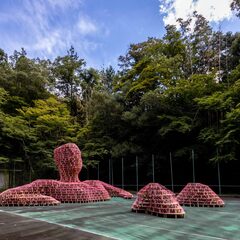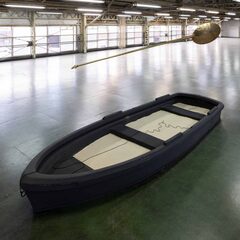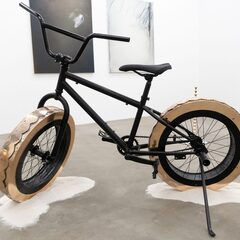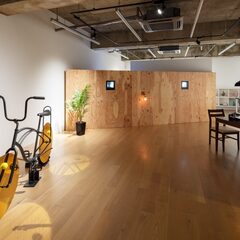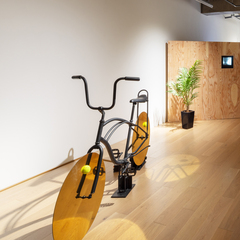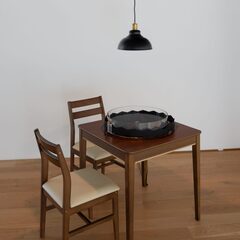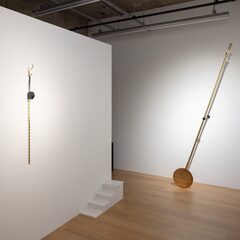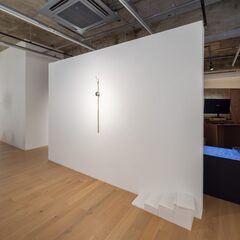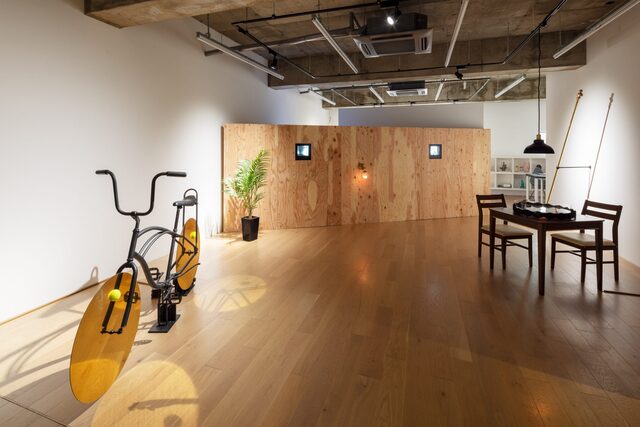
Viewing Room
Deaf Voice – Rejecting the Time
Takeshi Kimura
2024.7.5 Fri - 2024.8.3 Sat
TEZUKAYAMA GALLERY is pleased to present Takeshi Kimura’s first solo exhibition “Deaf Voice – Rejecting the Time” starting July 5, 2024,
Kimura was born in Tokyo in 1980 and raised in Miyagi Prefecture, he completed his masters in sculpture course at Tama Art University. Throughout his career, he has presented numerous site-specific sculptures, mainly at art festivals. In 2020, at Rokko Meets Art, he unveiled a large installation that reimagined a tennis court as a bathtub. At ART OSAKA EXPANDED 2023, he created a space with eight boats drifting at the former Namura Shipyard site. What these works have in common is that they transcend the concept of sculpture as a mere “object.” The time axis, which transforms as viewers contemplate the background of the sculptures, becomes an integral part of the works. Additionally, one can sense the energy generated by changes in the era and environment in Kimura’s works.
In this exhibition, Kimura starts by examining the relationship between society and sculpture from the micro time (generation) of his own perspective. The artworks, which capture elements understood by his contemporaries and aspects that were not passed on to subsequent generations, play an important role in observing the present.
[Artist’s Statement]
Talking is an abstract expression where thoughts and feelings are conveyed using words with relatively close meanings, often leaving behind fragments that might actually be the core. Therefore, this text may also fail to capture the essence, so please consider it as just a starting point for our encounter.
“Home Sign.”
I learned this word from a TV series called “Deaf Voice” (though I had an experiential understanding of it). The story follows a main character with deaf parents who becomes involved in a courtroom interpretation. In the series, a deaf person who can only use home signs and becomes socially isolated is depicted. Home sign is a system of gestures used exclusively among close family members, unlike sign language, it lacks a formal grammar. Therefore, if the relationship with those who understand the home sign is severed, the expression itself disappears—a fragile and ephemeral form of communication unable to withstand the test of time.
When thinking about things that “rejecting the time” , young people today have no way of knowing the culture of putting balls into bicycle spokes for transportation. This was a nationwide fad among children in the pre-internet era. The sculptural method of inserting balls into spokes, using them as pedestals, can be seen as a piece of personal history that gets forgotten as generations change, much like home signs—a “sculpture that rejecting the times.”
This exhibition views different generations as distinct tribes and aims to reconsider intergenerational relationships by displaying the culture of my generation (the 40s) as sculptures.
Just like wild thought, even if the tribes as generations differ, the fundamental structure remains the same and there is no superiority or inferiority. The relationship between tennis balls and spokes that I experienced, while unable to withstand various pressures, represents one of the countless expressions that have emerged and vanished since the beginning of human history. These expressions will continue to evolve, separate from loud social efficiency.
